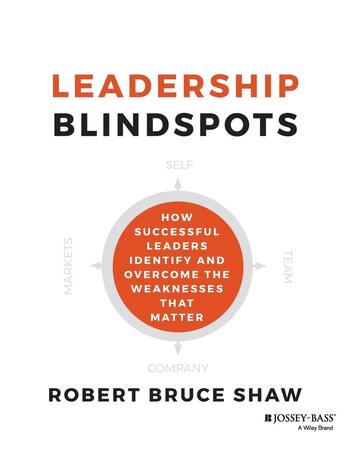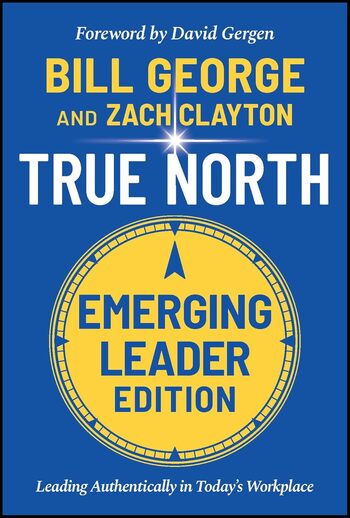
David Brooks explores the post-WWII shift from values of humility and self-effacement to a culture of self-promotion and narcissism, urging a balance between ambition and meaningful connections.
Main Lessons
- The transition from a culture of self-sacrifice to self-promotion post-WWII.
- The concept of ‘Adam One’ and ‘Adam Two,’ representing ambition versus meaningful existence.
- The imbalance favoring Adam One has led to a detrimental focus on personal success.
- Historical figures embodying moral character and humility provide lessons for today.
- Brooks sees a tension between societal ambitions and personal fulfillment.
- The book suggests a need to reconnect with values of humility and contribution.
- Brooks uses various historical personas to illustrate the themes of moral character.
- The critique of modern social media as exacerbating narcissistic behavior.
- A call for individuals to engage in introspection and strive for inner character development.
- While loosely connected, the stories highlight the virtues of character over allure of charisma.
- The book is a reflective journey encouraging readers to pursue growth of their inner character.








